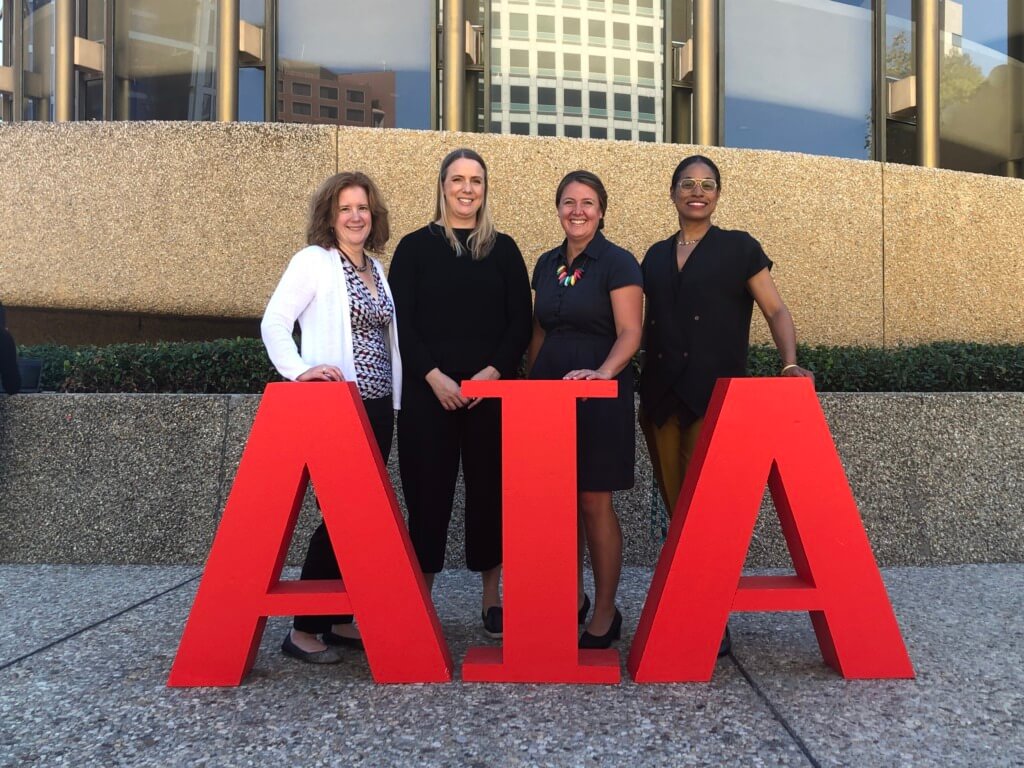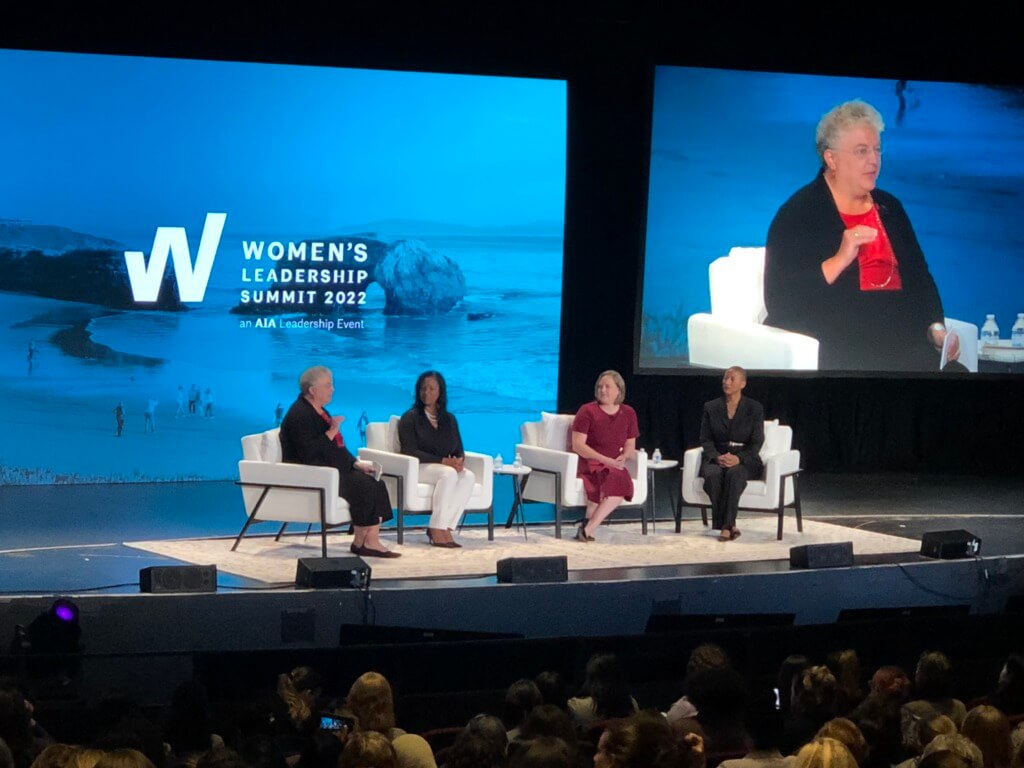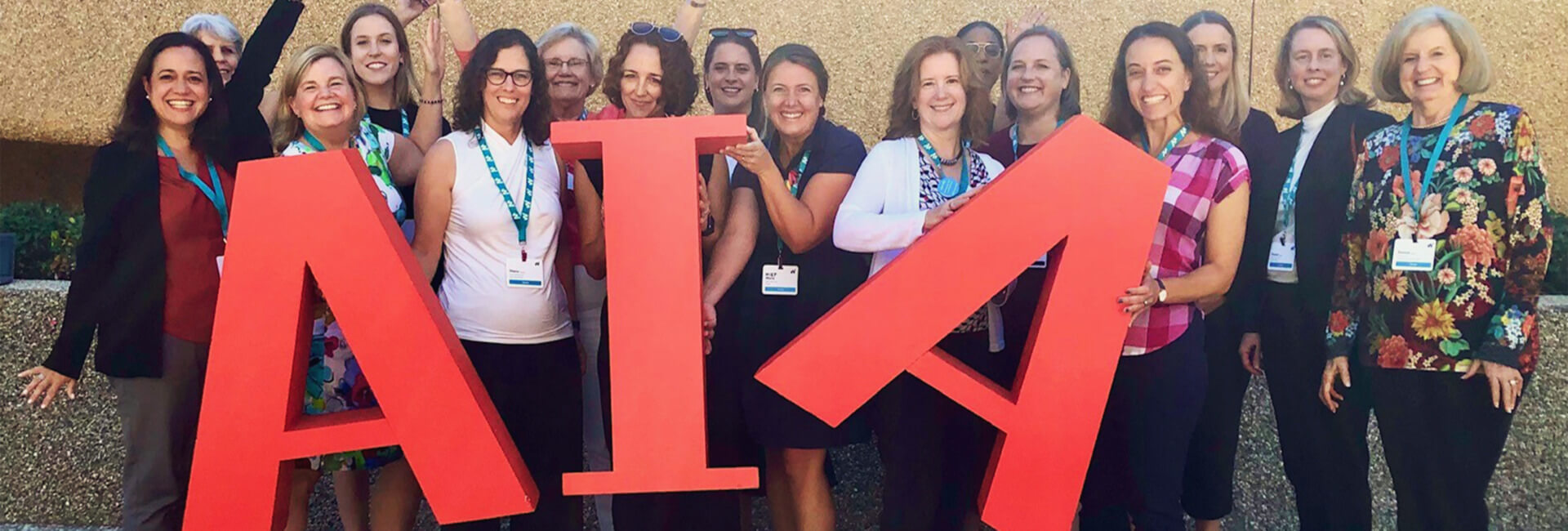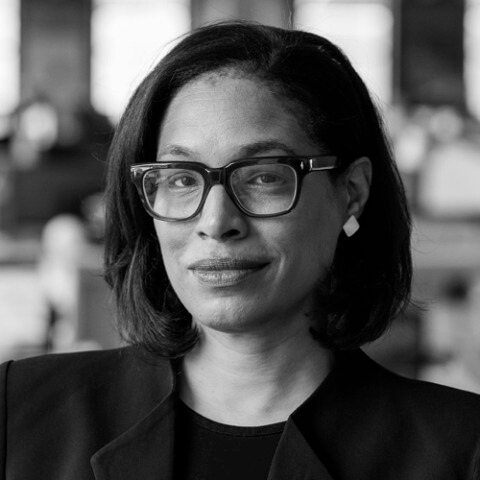This year, PAYETTE People Susan Blomquist, Miep Keller, Lisa Kenyon and Sarah Lindenfeld made a trip to Silicon Valley to attend AIA’s Women’s Leadership Summit 2022. Women leaders in diverse industries such as architecture, urban planning, economics, real estate, community design, engineering and construction, spoke at and attended the Summit. Today, Susan, a Summit veteran, and Miep, a first-time attendee, share their experience.

SUSAN BLOMQUIST
With over 700 mostly women attending, this year’s AIA Women’s Leadership Summit felt like a post-pandemic recentering of the importance of women and their contributions to the profession. With many of the themes focused around the advancement of EDI and issues and social justice in design, the leadership summit brought to the forefront work that many women quietly and independently furthered over these last 3 years.
Some my personal highlights include:
At the General Wealth Gaps: From Rural to Urban America session we heard from a panel of women working to overcome the ‘three E’s’ of sustainability: Economy, Equity and Environment. The women on the panel are working in their communities to overcome systemic inequities due to redlining, housing, poverty, the general wealth gap and environmental equity. Notable take-aways from this session included the need for architects working in these communities to acknowledge the fact that “I am essential but not a hero.” The panelists also charged architects to find those places and spaces where we are not present and work there. The group stressed the need for architects to incorporate a reflective practice in their work and to take moments to “look inward” during a process of engaging with the community and make adjustments where needed to better adapt to clients and their needs.
Another stand-out session was the Cultivating Belonging: Tackling Bias, Discrimination and Harassment. This session brought together representatives from the AEC industry and academia to speak to how they are creating and uplifting an atmosphere of diversity within their organizations. For architecture firms specifically, the AIA’s Hastings Report, an investigation into Bias in the Architecture Profession, was referenced as a tool for implementing Bias Interrupters. Bias Interrupters are small adjustments that, along with establishing and tracking metrics, can be implemented across multiple areas of a firm’s operations and culture that can assist in fostering a culture of belonging and eliminate bias.
Samia Rab Kirchner, PhD, a panelist and Associate Professor of Architecture and Chair of the Undergraduate Design Department at Morgan State University, stressed that many of the issues with bias in the profession are due to a historic sense of elitism and exceptionalism within the architectural academy. Kirchner noted that “we have to break down barriers and elitism of the profession and bring services to non-elite institutions.” She also suggested that Ivy League and “elite” universities should require that their professors spend a semester teaching at an HBCU as a requirement for tenure. All the panelists agreed that holding listening sessions with staff on belonging and encouraging “courageous conversations” around issues of bias are important steps that all firms should be taking.
Several panelists referenced platforms and guides such as the Intercultural Development Inventory, the Gallup/Clifton Strengths Index, Catalyst and Bias Interrupters they have successfully used to assess and train staff on matters of bias and belonging.
A third exemplary session was ‘Transparency & Ethics in Material, Manufacturing and Supply Chain’. This session centered around the important of understanding where our building products originate and the impact that the sourcing and manufacturing of these products has on these areas and the people who manufacture them. The panelists addressed the AIA’s Material Pledge which encourages firms to support human health, social health, and equity, ecosystem health, climate health, and circular economy through the selection of material products. Other resources were referenced such as the Design for Freedom toolkit by Grace Farms which additionally highlights the potential use of slavery and forced labor within the supply chain. The Common Materials Framework (CMF) is a comprehensive database of materials and a transparent accounting of their level of sustainability.

MIEP KELLER
This was my first Women’s Leadership Summit and I had no idea what to expect. I came away from the experience feeling welcomed, inspired, amazed and excited.
Welcomed!
I’ll admit, I was not sure what I was walking into. I was a little nervous to meet so many new people. What I quickly realized was we are all like-minded individuals, many at the same point in our careers, and there for the same purpose. How exciting to make these connections! There were so many opportunities to talk with people and make real lasting connections all over the country.
Inspired!
The storytelling framework of presentations gave a greater insight into what the presenters went through to get to where they are today. Understanding the journey, hearing the emotion and taking lessons-learned to heart. On the flip side—I attended an interactive workshop where we outlined firm values into actionable goals. My table had a lot of fun taking this step back and left with a proud sense of ownership.
Amazed!
Hiba Bhatty, a standup comedian architect, served as the event emcee. She is truly one of a kind, and SO funny. The perfect refreshing break in between sessions, giving a boost of energy to both audience and presenters. Hers will be a tough act to follow next year!
Excited!
This is now an annual event! YES! More opportunities to be inspired by, learn from and highlight amazing women architects? YES PLEASE! The 2023 conference will take place right here in Boston, and we can’t wait to attend!




